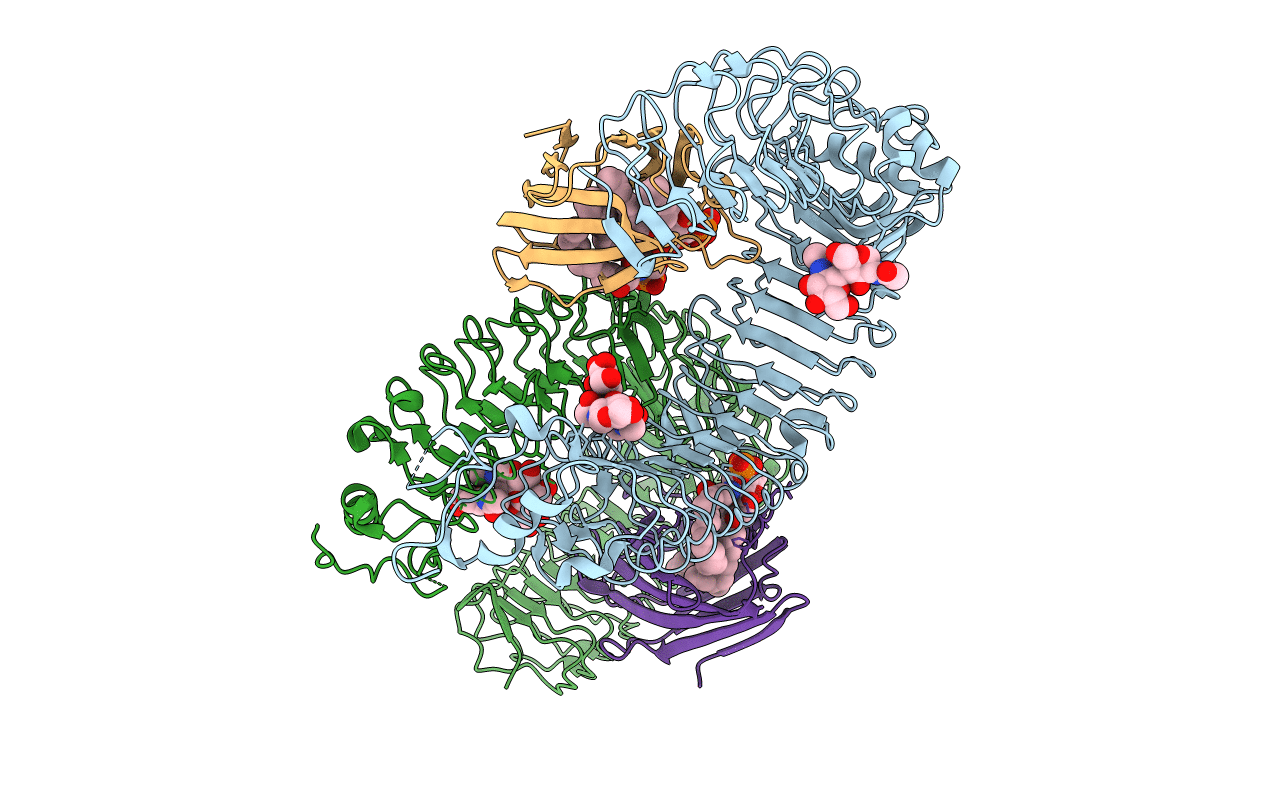
Deposition Date
2012-03-17
Release Date
2012-05-09
Last Version Date
2024-10-30
Method Details:
Experimental Method:
Resolution:
2.70 Å
R-Value Free:
0.27
R-Value Work:
0.23
R-Value Observed:
0.23
Space Group:
P 21 21 21


